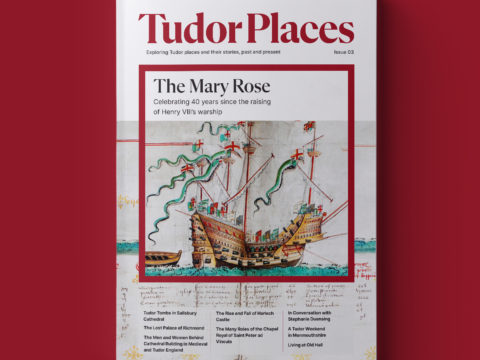Matthew Stuart: Life Story
Chapter 13 : Regent
On 15th July, a convention of Scots nobles elected Lennox as regent, although he was not to undertake anything of importance without the advice of the Privy Council. He was also to confirm adherence to the Protestant religion, as established in the country. There were various other restrictions – he could not move King James from his current guardianship, negotiate with foreign monarchs for peace, war or the king’s marriage, or have any dealings whatsoever with Queen Mary. Lennox swore his oath to uphold the articles, and the other lords swore their oaths to him.
Despite Lennox’ election, the country was still torn between the parties – Lennox spent much of his time trying to stamp out rebellion, whilst constantly worried that Elizabeth would change her mind and reinstate Queen Mary.
The Queen’s Party was outraged, and made vociferous complaints to Elizabeth when Lennox apparently ordered the hanging in his own presence, of thirty-four men and three captains who had surrendered and been promised their lives. Elizabeth’s response to this was, that she had never heard of the matter, but, if it were true, agreed that it demonstrated appalling cruelty. Lennox himself, she maintained, could only have done it on the counsel of others, as he was ‘a simple man.’ It was far more likely, she thought, that Morton was behind it.
During the remainder of 1570, Elizabeth was hoping for a negotiated settlement, with a view to restoring Queen Mary, and Lennox was ordered to desist from further pursuit of the Queen’s Party. Mary proved unexpectedly stubborn in what she would consent to – she was willing to make a ‘bond’ with Elizabeth, but rejected the idea that she should enter into bonds with her subjects.
Lennox did not obey instructions and Elizabeth’s lieutenant in the north, the Earl of Sussex, was obliged to write to him, requiring him to cease proceedings against Lord Lethington and other supporters of Mary.
Chastened, Lennox forbore to do anything in the Parliament he had called beyond having his title confirmed. He then prorogued it, to await further instructions from Elizabeth. Nevertheless, he assured Elizabeth that by leaving the Queen’s Party alone, justice and order would break down in the realm.
A truce was agreed whilst negotiations carried on between Elizabeth and Mary (although they never met). The Queen’s Party made numerous accusations that Lennox ignored the truce and continued to use his soldiers to harass them, but the English government either would or could do nothing.
It was never likely that Elizabeth would be prevailed upon to let Mary return to Scotland – there were too many Englishmen who thought Mary was the rightful queen of England as well as Scotland, and, if she were back on the throne, it might lead to a resurgence of the Catholic Church north of the border.
In April 1571, Lennox’ man, Thomas Crawford, took Dumbarton Castle, holding out for Mary, in a surprise attack. The Archbishop of St Andrew’s, John Hamilton, was still there. He was taken to Stirling, tried and found guilty of being ‘art and part’ not just of the assassination of Moray, but of Darnley as well. He was hanged before Elizabeth could intervene. Elizabeth however, was pleased, and merely wrote to Lennox, congratulating him on the return of his castle.
This act poured fat on the fire of the feud between Lennox and the Hamiltons, and there were rumours that the working relationship between Lennox and Morton was also breaking down and that the King’s Party was not so pleased with Lennox as regent as they had hoped to be.
In early September, Lennox was at Stirling. An attack was mounted by the Queen’s Party, led by the Earl of Huntly, Lord Claud Hamilton (son of the Duke of Châtelherault) and the lords of Bucchleuch and Ferniehurst. The force consisted of 240 horsemen and sixty men armed with arquebuses. In the mêlée, Lennox was shot. He did not die immediately. His last words were for his family - ‘if the bairn’s (meaning King James) well, all’s well’, he said, and sent a final message of love for his ‘Sweet Madge’.
The Queen’s Party insisted that it was a deliberate shot from one of his own side. They regretted it, because it allowed the King’s Party to be rid of Lennox, which it had long hoped for, an idea certainly borne out by his replacement as regent within a day by the Earl of Mar.
Matthew Stuart, 4th Earl of Lennox
Family Tree




